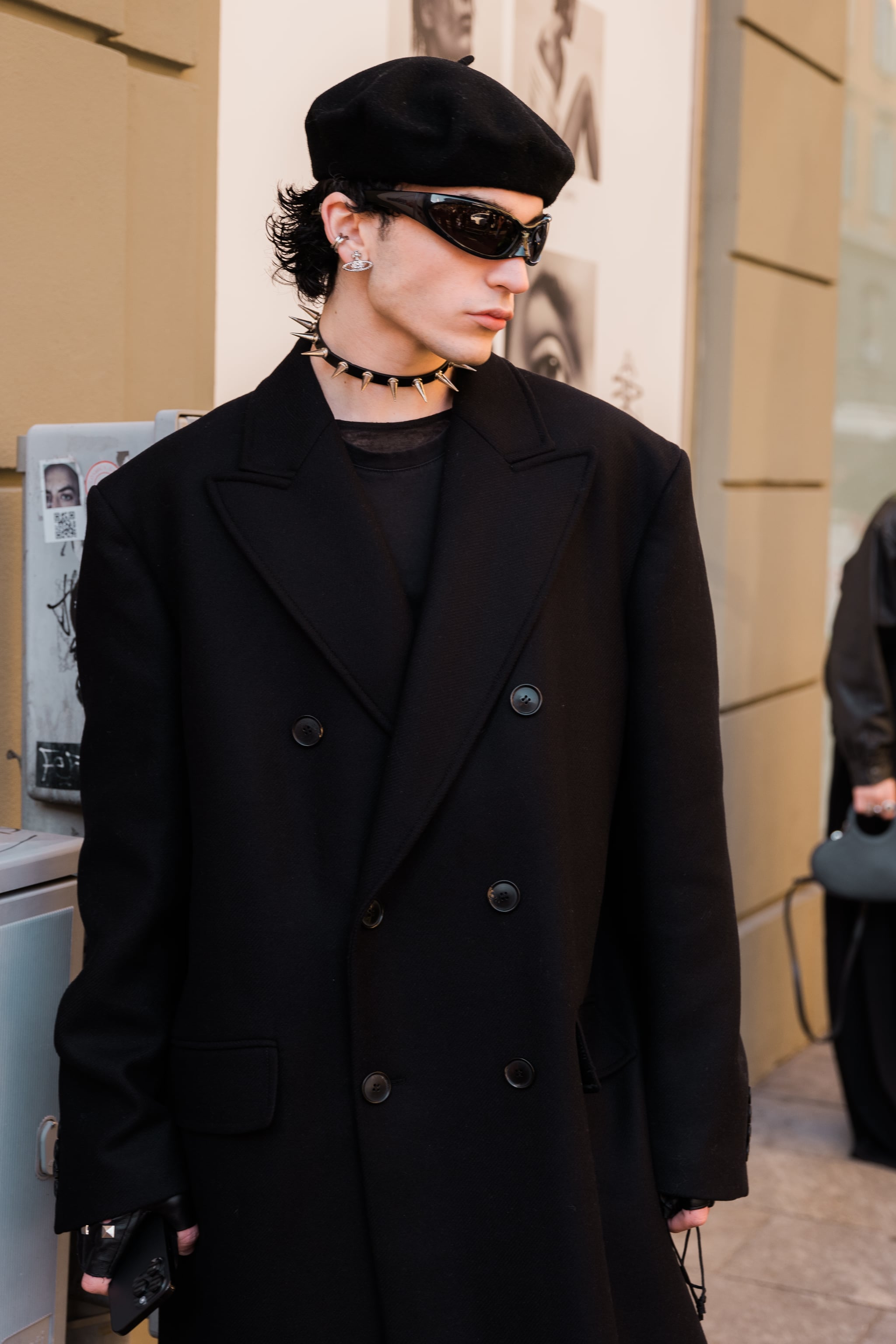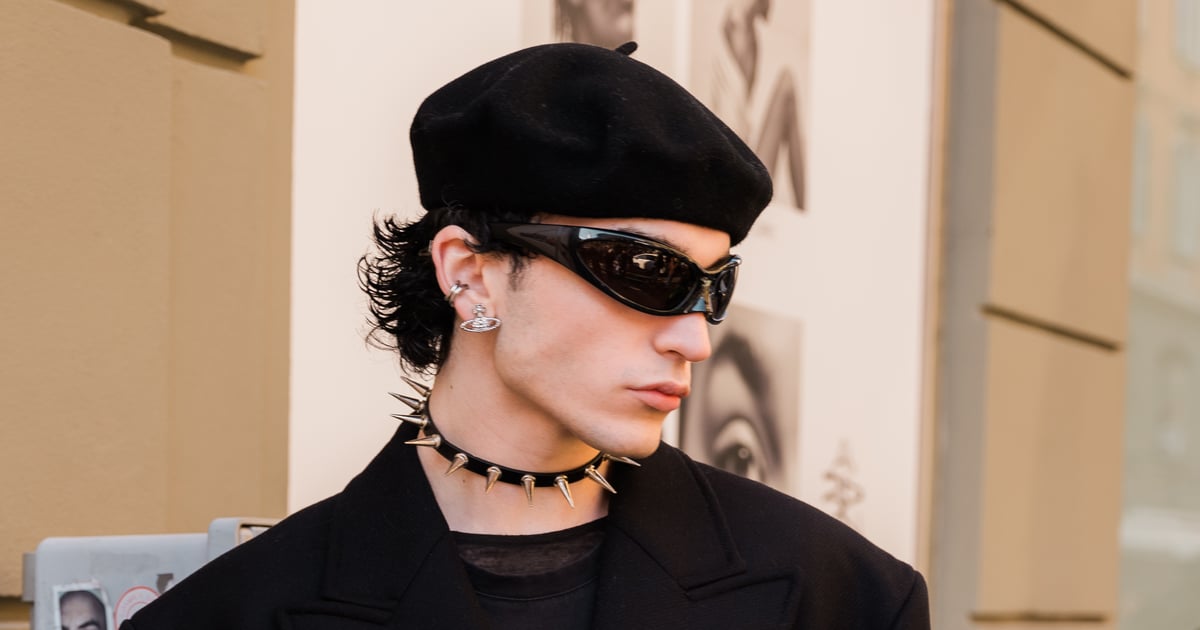
Gone are the days when your piercing options were limited to whatever you could get at the mall kiosk, which was always just your earlobes. The latest trends see cool piercings that are tiny works of art. Tragus, snug, helix, rook, and even constellation piercings — the list of options goes on and on, but the conch piercing is a celebrity favorite.
Located comfortably in the middle of the ear, aka front and center, this piercing really turns heads. (Just ask everyone from Dove Cameron to Rihanna to Chloë Grace Moretz.) Given its versatility, it works with almost everyone’s ear shape and size and is easily customizable depending on what type of jewelry you put in it. If you are looking to add a new piercing to your collection this month but are tired of all the tried-and-true classics, this unique placement could be just the thing. To help you determine if the conch piercing is for you, keep reading.
What Is a Conch Piercing?
The conch piercing, which goes through the inner back part of your ear, pairs beautifully with other lobe or cartilage jewelry. A major plus to this placement is it’s forward-facing. “It’s a piercing that both you and your friends can visibly appreciate,” Johnny Pearce, piercer at NYC-based Nine Moons Piercing, tells POPSUGAR.
When you first get it done, your piercer will most likely use a flat-back stud to allow for proper healing. “That doesn’t mean you’re stuck with a plain silver ball as your only option,” Pearce says. “There are tons of unique and creative studs that complement the natural shape of your conch.”
Conch Piercing Healing Time
“The healing time is six to nine months, the same length as your classic cartilage piercing,” Pearce says. However, it varies depending on the individual. Just note: it will be trickier to heal than your standard earlobe piercing. The reason comes down to blood flow. “The cartilage has an extremely limited blood supply, so healing is slower,” says Louisa Schneider, CEO and founder of Rowan.
A pro tip for speedy healing: sleep with a doughnut-shaped travel pillow to keep from lying directly on your new piercing. “Instead of wearing it around your neck, try sleeping with your ear in the donut hole,” Nine Moons Piercing’s website advises. It’s best to practice a hands-off approach while your conch is healing — don’t twist, rotate, or move the jewelry. It will be easier not to touch it because, unlike most inner-ear piercings, the conch doesn’t interfere with things like headphones. “You won’t have to give up using your beloved AirPods,” Pearce says.
Once your conch piercing heals completely, you have the option to switch it to a ring or a fancier stud. That’s when the fun really begins. You’ll be able to put your own creative spin on the look with your jewelry, and that’s the goal, isn’t it?

